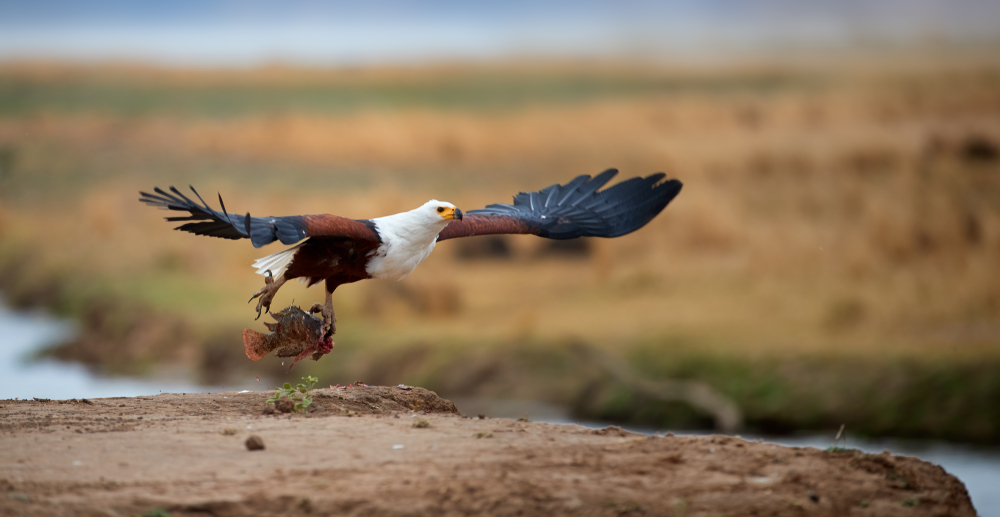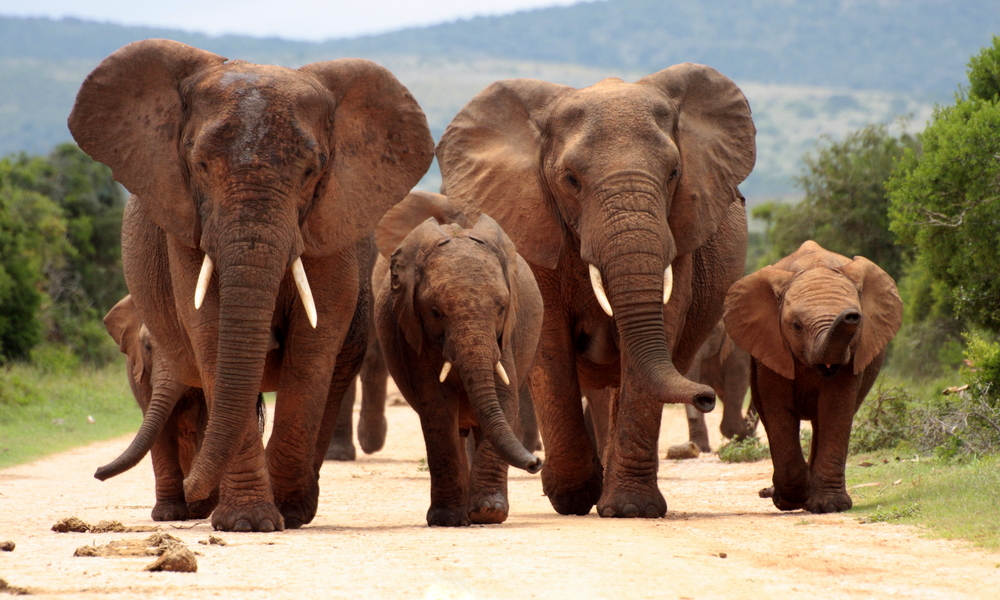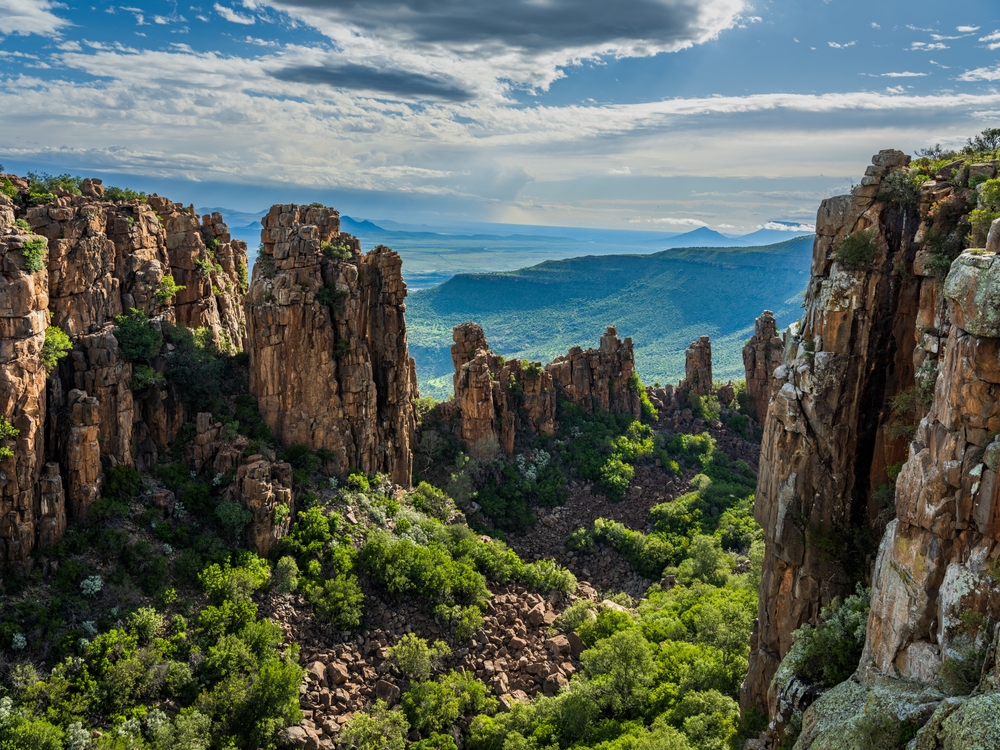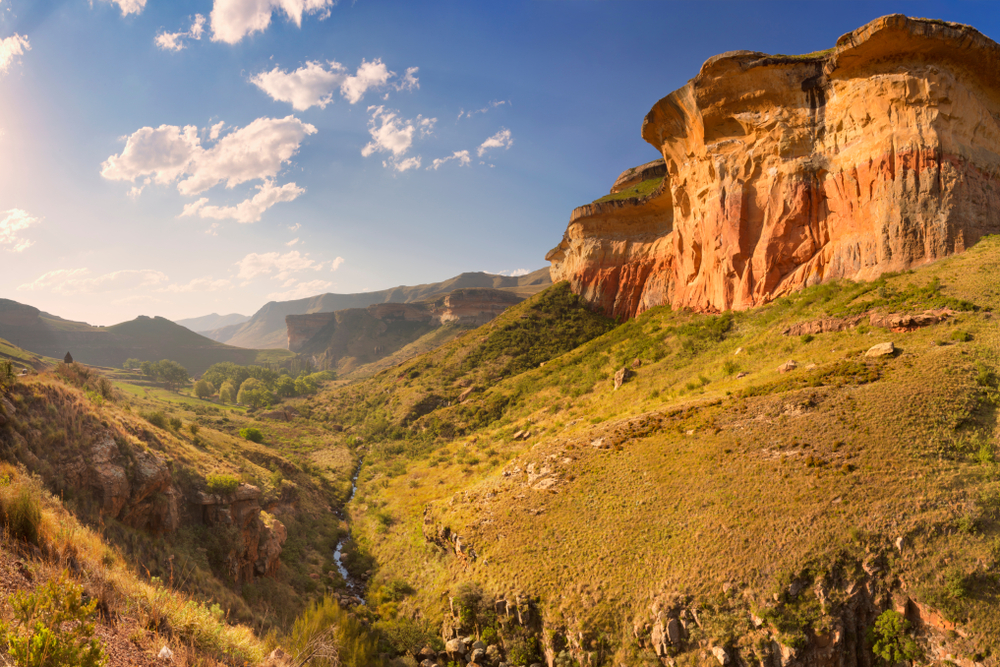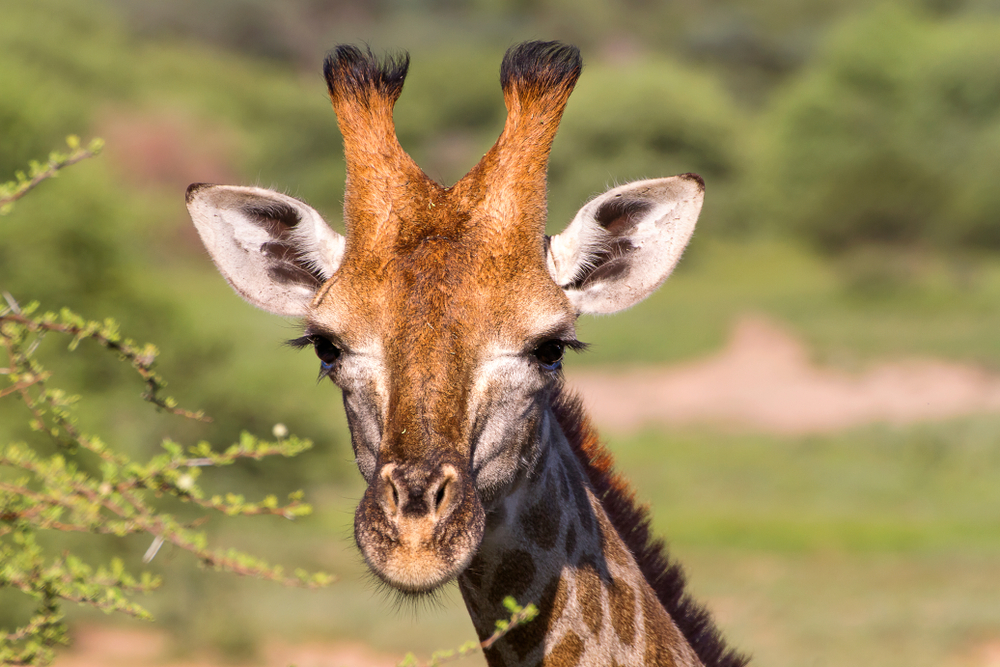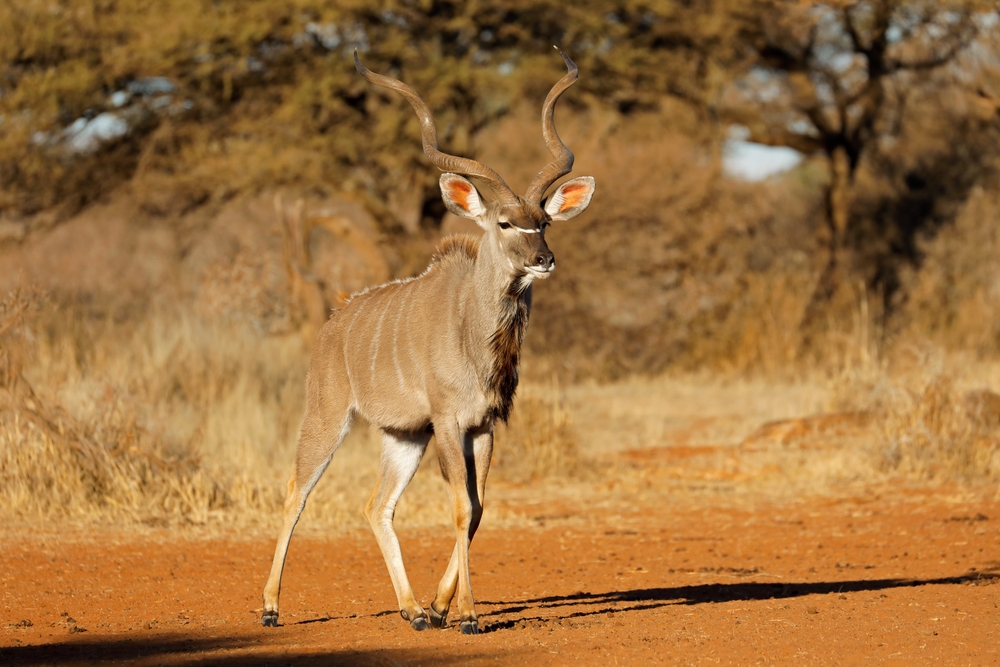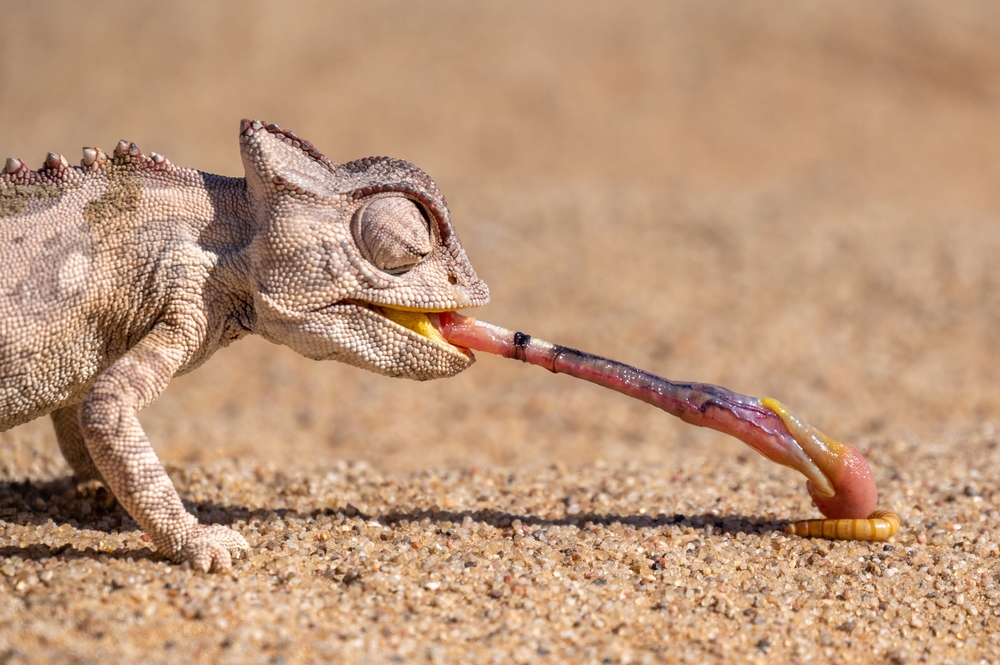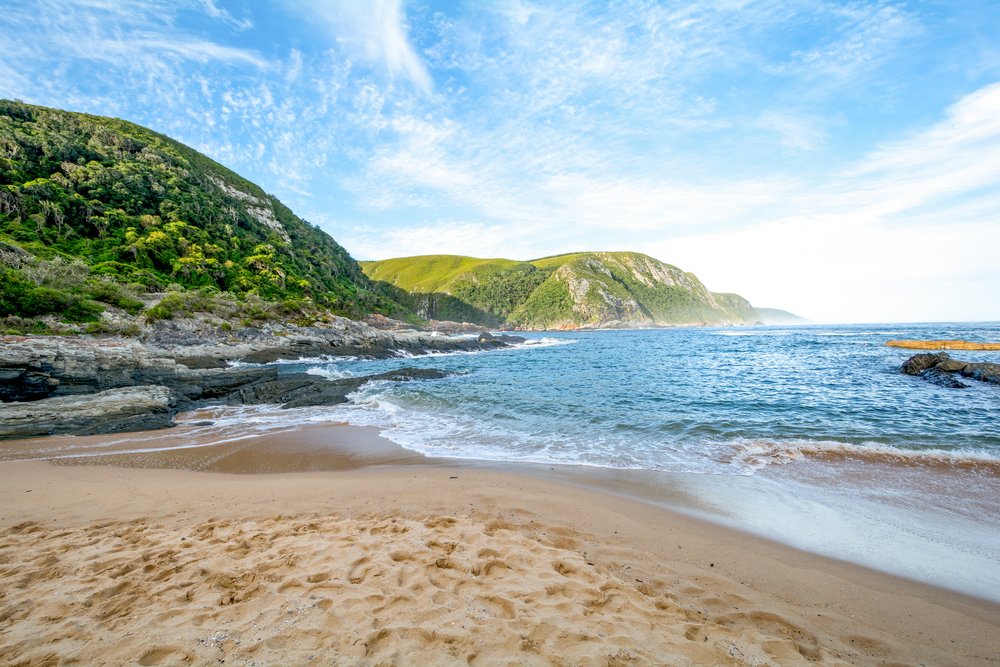Wilderness Overview
Wilderness National Park, located in South Africa’s Western Cape Province along the renowned Garden Route, is a haven of tranquility and natural beauty. Now part of the Garden Route National Park, this area is a sanctuary for diverse ecosystems that encompass lakes, rivers, estuaries, wetlands, and lush forests. Established in 1983, the park is locally known as “Wildernis Nasionale Park” and spans approximately 1,200 hectares (4.6 square miles), making it a compact yet ecologically significant conservation area.
The terrain of Wilderness National Park is a harmonious blend of serene waterways, dense forests, and sandy beaches. The interconnected network of lakes and rivers, including the Touws River and Island Lake, forms the park’s lifeline. Surrounding these water bodies are patches of indigenous forests, with towering yellowwoods, milkwoods, and other native tree species. The wetlands are home to a vibrant array of aquatic vegetation, contributing to the park’s ecological richness.
The park boasts an impressive diversity of wildlife, particularly bird species, earning it a reputation as a birdwatcher’s paradise. Over 250 bird species have been recorded, including the African fish eagle, malachite kingfisher, and Knysna turaco. Mammals such as bushbucks, otters, and vervet monkeys roam the area, while smaller creatures like frogs, crabs, and dragonflies thrive in the wetlands. The estuaries and lakes are rich with fish and other aquatic species, providing vital habitats for the park’s fauna.
Visitors to Wilderness National Park can engage in a variety of activities that highlight its serene beauty and biodiversity. Canoeing along the Touws River or through the Serpentine provides a peaceful way to explore the park’s waterways. Hiking trails, such as the Half Collared Kingfisher Trail and Giant Kingfisher Trail, lead adventurers through dense forests and to breathtaking waterfalls. Birdwatching is a major draw, with hides strategically placed near water bodies for unobtrusive observation. Visitors can also enjoy fishing, picnicking, and swimming in designated areas, making the park an ideal destination for families and nature enthusiasts.
Despite its beauty, Wilderness National Park faces challenges such as habitat degradation, pollution, and the impacts of climate change on its water systems. Conservation efforts by South African National Parks (SANParks) focus on wetland restoration, alien plant removal, and environmental education to promote sustainable practices. The park’s role within the Garden Route National Park ensures collaborative efforts to protect and preserve its unique ecosystems.
Wilderness National Park is a peaceful retreat and a vital ecological asset within the Garden Route. Its rich biodiversity, stunning landscapes, and array of activities make it a must-visit destination for those seeking a deeper connection with nature. Protecting this park ensures the preservation of its serene habitats and the continuation of its ecological legacy.








































































